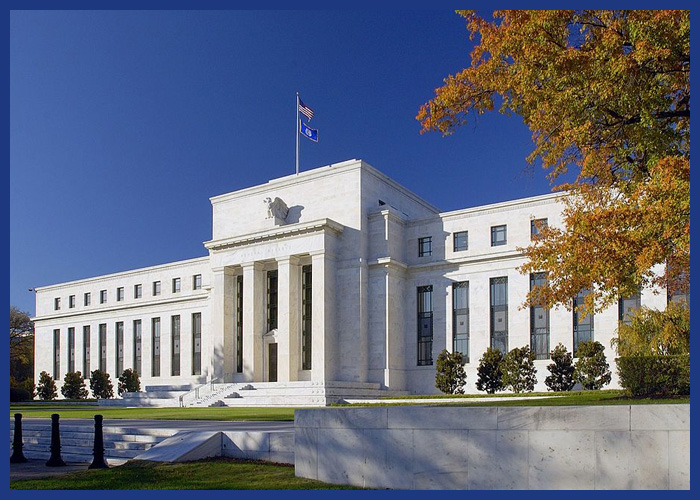How Blockchain Is Changing Banking and Financial Services
It won't just "disrupt," it will transform
BY JUSTIN PRITCHARD Updated December 02, 2019

Dong Wenjie / Getty Images
Blockchain technology makes transactions fast and easy, and it can do more than just support Bitcoin. Blockchain is already transforming payments, and you may see more mainstream banking services that rely on blockchain soon.
What Is Blockchain?
Blockchain is a technology that facilitates trust between trading partners. If you’re familiar with Bitcoin, blockchain is the underlying technology that makes it possible to transfer currency and have confidence that transactions are successfully completed. But banking and other industries are using blockchain (with or without Bitcoin) in a variety of ways.
A blockchain is a secure “ledger” or a list of transactions. The benefits of blockchain come from two key features:
Distributed
There are numerous copies of the ledger. A public blockchain, like the Bitcoin blockchain, gets published and copied in multiple places. New transactions get broadcast to a broad network of participants, who add those transactions to the ledger. Nobody controls the ledger, but the system is designed so that everybody’s ledger contains identical information.
Immutable
A blockchain should maintain an accurate history of transactions. Because there are multiple copies of the ledger, it’s hard to alter or delete transactions (or add new information that’s false). To do so, you’d need to change every copy of the ledger in every location. That would require successfully hacking thousands (or more) of computers simultaneously—which is believed to be impossible.
So, how will this affect you? Most people don’t care about the technical details—but you should expect a transformation in banking and other financial services.
Money Transfers
Sending money to another country is an area ripe for improvement, and banks are already using blockchain for remittances. Consumers and businesses transmit hundreds of billions of dollars internationally every year, and the process has traditionally been cumbersome and expensive.
Bitcoin provided an “alternative” way to move money, but mainstream banks and service providers are also using blockchain technology to improve remittances and minimize exposure to cryptocurrency. For example, several major banks have partnered with Ripple to facilitate cross-border payments using blockchain technology, and other service providers are busy developing solutions.
Blockchain-based transfers save banks time and money, but consumers can also benefit. For example, assume a worker in the U.S. wants to send funds to her home country. In the past, she’d have to travel to a money transfer office, wait in line for an agent, pay cash, and pay fees of 7 to 10 percent to complete a transfer. The recipient might follow a similar process. But with blockchain technology, both parties can complete an electronic transfer with mobile phones—and pay far less.
Inexpensive Direct Payments
When you send or receive a payment, the funds typically move through banks, credit card processing networks, and other intermediaries. Each step adds complexity, and every service provider expects to earn a fee for the part they play in your payment.
Merchants can benefit from blockchain technology in several ways:
Swipe fees
When customers pay with plastic, merchants pay processing fees, and those fees eat into profits. Less-expensive blockchain payment networks may be an option for some merchants. If nothing else, more competition should lower prices.
Insufficient funds
Customers who pay by check may bounce checks, causing losses and fees for merchants. Electronic payments from customer checking accounts may also fail. But blockchain-based payments can provide merchants with certainty within a few minutes (or less).
Individuals also enjoy receiving payments with confidence. Online “buyers” may try to scam you, but blockchain-based payments should be quick and irreversible. Plus, they’ll likely be easier and less expensive than bank products. For example, if you’re selling a high-priced item like a vehicle, it’s critical to receive payment before handing over the keys. The safest ways to get paid currently include cash, wire transfers, or cashier’s checks. But cash is dangerous, wire transfers are labor-intensive, and cashier’s checks can be faked.
Transaction Details
Banks can use blockchain for more than moving money. The technology is excellent for keeping track of transactions, and that may be useful in several areas.
Title details
Because ledgers are hard to tamper with, they can make it easier and more efficient to track ownership. Each transfer of ownership (as well as liens and other events) can go in the ledger, resulting in a trustworthy source of information about almost any type of property.
Smart Contracts
It may be possible to automate activities that previously added cost, complexity, and delays to transactions. One such method is with the creation of smart contracts. These computer protocol contracts can monitor when a buyer makes a payment, when a seller delivers on her end of the deal, and handle a variety of problems that may arise. Plus, they don’t take vacations or make mistakes—assuming they are programmed correctly. Smart contracts can be as simple as an indifferent third-party between a buyer and seller (like the escrow providers we know today), and they can get substantially more complicated. Combined with open banking, encrypted smart contracts could lead to faster, automated lending decisions in a marketplace of bidders.
Financial Inclusion
By keeping costs low and allowing startups to compete against big banks, blockchain, and other technologies can promote financial inclusion. Blockchain-based solutions may better serve those who avoid bank accounts because of high fees, minimum balance requirements, and lack of access. Instead of needing assets and regular income for banks, they need a mobile device. In situations where it’s traditionally hard to identify individuals, digital IDs can provide a large-scale solution.
Reduced Fraud
Blockchain technology resists hacking, DDOS attacks, and other forms of fraud. It can also help banks and others identify individuals quickly and accurately through a blockchain-enabled digital ID. With less fraud, the costs of doing business decrease, and presumably, the savings benefit everybody.
What We Don’t Know
Blockchain is still relatively new, although banks and other industries are already innovating with blockchain technology. At this point, the technology is probably ahead of regulations, and it’s not always clear what to expect in terms of protection, privacy, potential risks, and dispute resolution. Those issues can all be solved, but it’s critical to research and understand what problems may arise before using blockchain for significant transactions.
Original article written by Justin Pritchard, and posted on the TheBalance.com website.
Article reposted on Markethive by Jeffrey Sloe
























